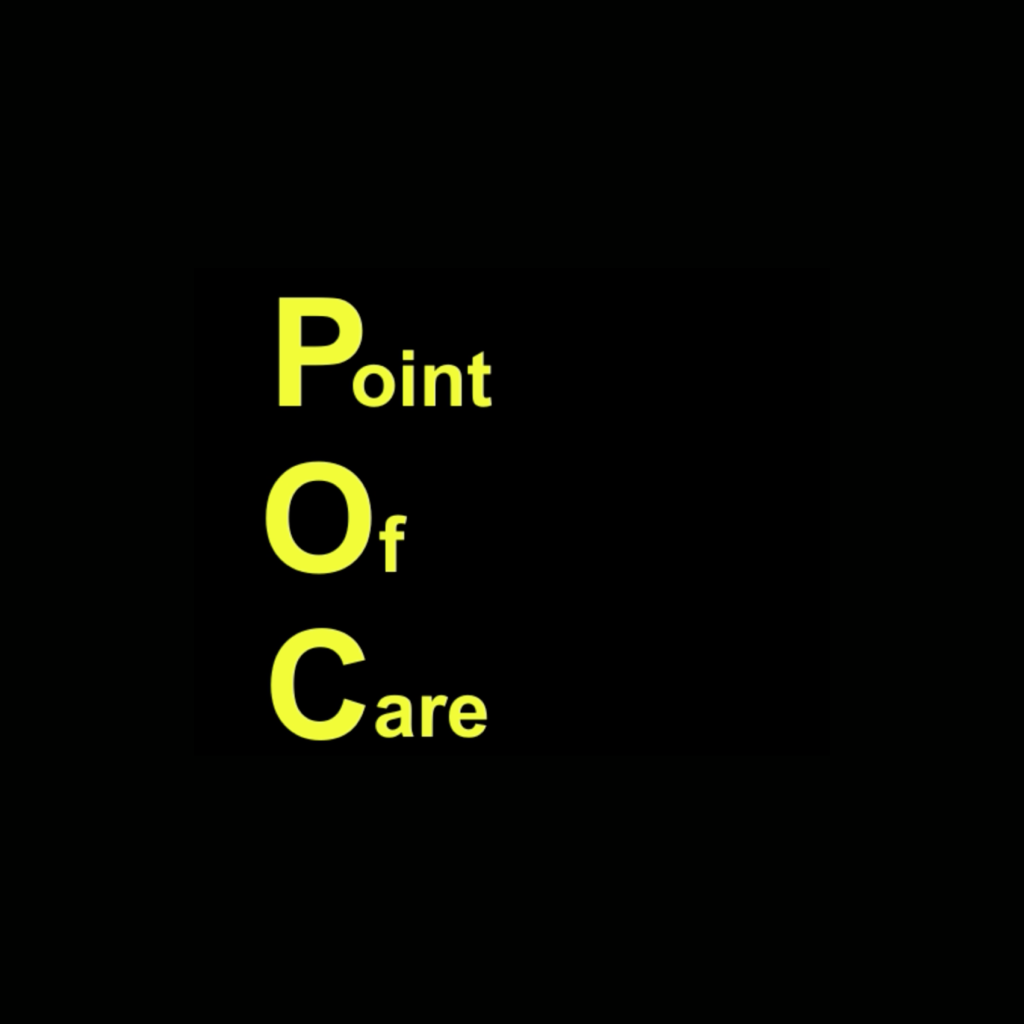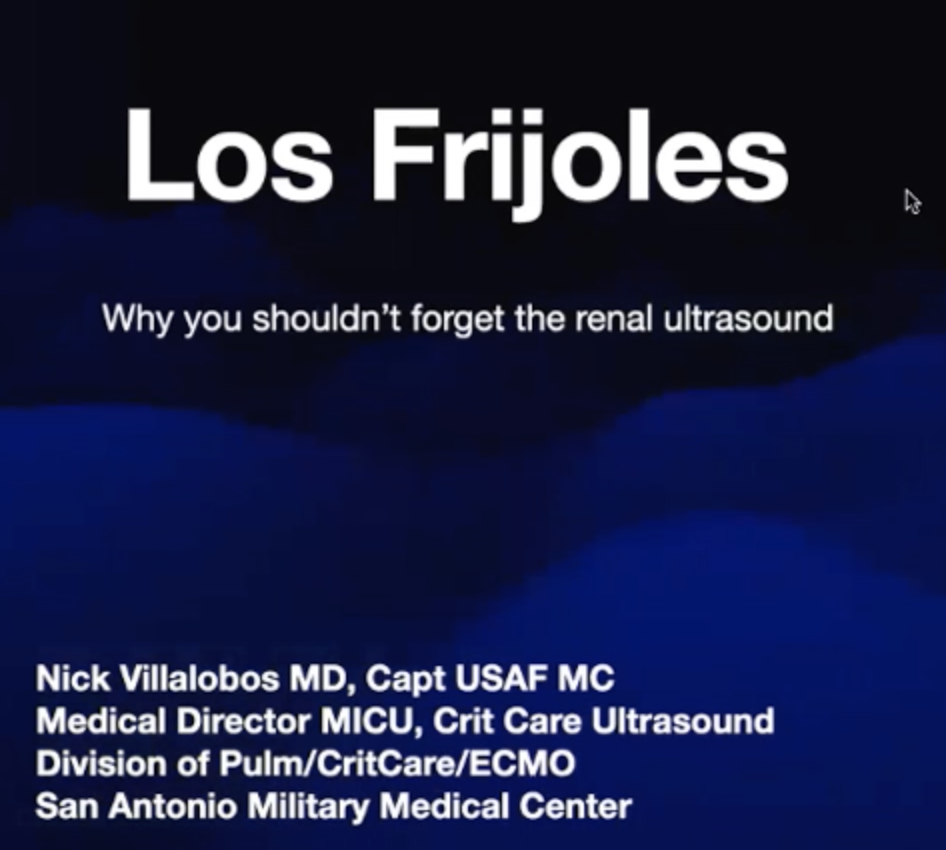Dr. Hong Kim is an emergency medicine trained toxicologist who also trained in New York city at the famed Bellevue toxicology program. In this week’s core content lecture, Dr. Kim reviews the causes or alcohol withdrawal as well as come of the current treatment strategies. The second half of this talk is dedicated to reviewing the elusive diagnosis of cyanide toxicity.
Podcast: Play in new window | Download
Subscribe: Apple Podcasts | RSS
Summary by Dr. Anju Singhal
Alcohol withdrawal syndrome (AWS)
The Basics
- 8% of all admissions to hospital related to AWS
- 11% MICU patients
- Up to 31% of trauma patients experience AWS during their hospitalization.
Delirium Tremens
- Historical mortality ~35%, now with supportive care <5% mortality.
- Typical onset 2-3 days after last drink.
- Presentation symptoms similar to “sympathomimetic toxidrome”
- “Kindling effect” – h/o of AWS predisposes to future episodes of AWS
- Chronic use of EtOH causes conformational change in GABA receptor leading to benzo resistance
Treatment
- Primary Treatment Options
- Chlordiazepoxide – only PO form, active metabolites allow for natural tapering
- Diazepam
- Quick onset, long duration, also has active metabolites
- Preferred benzo to use in AWS
- Lorazepam
- Slower onset, no active metabolites
- Can lead to stacking problems given slow onset of action
- Refractory AWS
- Defined as requiring >200 mg diazepam in 3 hours
- Consider phenobarbital or propofol – both work synergistically with benzos
- Phenobarbital: delayed onset, decreases inotropy – dose 75-130 mg IV, max 390 mg
- Adjunctive treatment
- Dexmedetomidine: some studies show decreases autonomic abnormalities, overall benzo use, and vent days – but still preliminary data.
- Avoid antipsychotics (i.e. Haldol) in true AWS as can lower seizure threshold
AWS protocols
- Should be symptom guided.
- Start with 10 mg IV diazepam and double each hour until control reached
- Protocol decreased intubations and hospital stay
Cyanide Toxicity
The Basics
- Exposures: gas (residential fires), liquid ingestions (i.e. nail polish remover, solvents), certain foods (apricot pits, cherry pits, cassava), lab technicians, jewelrey workers, fumigators
- Risk with use of Nitroprusside drips of >2 mcg/kg/min (can reduce this risk with thiosulfate administration)
- MOA: inhibits aerobic metabolism
Symptoms: Non-specific!
- Headache, seizure, coma, cardiovascular collapse, vague gi sx
Diagnosis
- Lab CN levels (slow)
- Lactate >10 in right clinical setting (i.e. house fire) very suggestive of cyanide toxicitiy
Treatment
- Hydroxycobalamin (side effect: red discoloration of serum, urine, skin can last up to 1 month – this affects lab measurement of saturations, bili, cr, mg, etc.)
- Cyanide antidote kit (induces methhemoglobinemia) – can make concominant CO poisoning worse
- Thiosulfate – slow onset
References
- Isbell H, Fraser HF, Wikler A, Belleville RE, Eisenman AJ. An experimental study of the etiology of rum fits and delirium tremens. Q J Stud Alcohol. 1955;16(1):1-33. [PubMed Link]
- Baud FJ, Barriot P, Toffis V, et al. Elevated blood cyanide concentrations in victims of smoke inhalation. N Engl J Med. 1991;325(25):1761-6. [Free Full Text]
- Baud FJ, Borron SW, Mégarbane B, et al. Value of lactic acidosis in the assessment of the severity of acute cyanide poisoning. Crit Care Med. 2002;30(9):2044-50. [PubMed Link]



